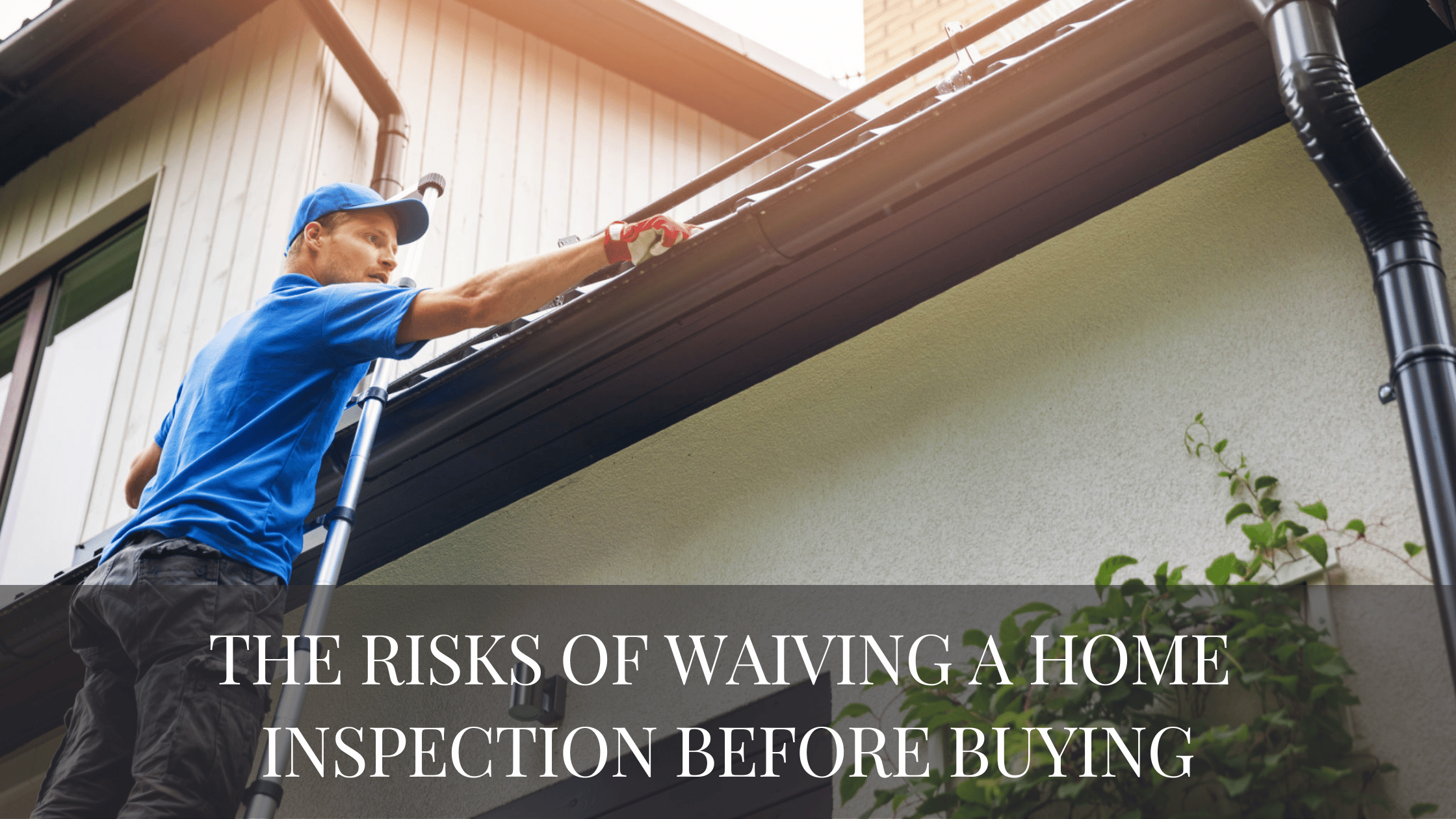In our fast-paced world, finding peace and tranquility in our living spaces is more important than ever. A serene home environment can provide a sanctuary where we can unwind, recharge, and find solace. By engaging our five senses—sight, hearing, smell, taste, and touch—we can create a harmonious atmosphere that nurtures our well-being.
The 5 Senses And Their Impact On Peace At Home
Our senses play a crucial role in how we experience the world around us. When harnessed intentionally, they can transform our homes into havens of tranquility. Sight, hearing, smell, taste, and touch all contribute to our overall sense of well-being. Let’s delve into each sense and discover how to leverage it to create a peaceful ambiance at home.
Sight: Creating A Visually Soothing Environment
Visual aesthetics have a profound impact on our mood and stress levels. By incorporating calming visual elements, we can foster a sense of tranquility in our living spaces. Consider decluttering, using a soothing color palette, and integrating natural elements such as plants and natural light to create an environment that promotes relaxation.
Hearing: Cultivating A Serene Soundscape
Sound can profoundly influence our emotions and relaxation. To create a peaceful auditory environment, eliminate or minimize disruptive noises, embrace soothing sounds like gentle music or nature sounds, and strategically place soft furnishings to absorb excess noise.
Smell: Harnessing The Power Of Aromatherapy
Scents have the remarkable ability to evoke emotions and trigger relaxation. By incorporating aromatherapy into your home, you can create a serene atmosphere. Experiment with essential oils, scented candles, or natural fragrances like lavender or eucalyptus to infuse your space with a calming aroma.
Taste: Nourishing The Body And Soul
Food and comfort are deeply intertwined. By practicing mindful eating and cultivating a space that honors nourishment, you can enhance the peacefulness of your home. Designate a cozy dining area, experiment with soothing herbal teas, and create a kitchen that encourages mindful cooking and eating experiences.
Touch: Embracing Tactile Comfort
Physical touch plays a vital role in creating a calming environment. Incorporate tactile elements into your home, such as soft fabrics, plush rugs, and comfortable furniture. Create cozy reading nooks, indulge in luxurious bedding, and incorporate textures that invite relaxation and comfort.
Create Your Own Serenity
A peaceful home is within reach when we tap into our five senses and intentionally design our living spaces to foster tranquility.
Whether you are looking to create a serene environment for yourself or attract buyers to a property, these principles can be applied to enhance well-being and elevate the overall experience of your home. Start by incorporating a few simple changes and notice how your space transforms into a sanctuary of peace.
If you’re seeking expert guidance or assistance in finding your dream home, don’t hesitate to reach out. As an experienced real estate professional, I am here to help you navigate the journey to finding your perfect sanctuary. Contact me today to take the first step toward a more serene living space.


 Facebook
Facebook
 X
X
 Pinterest
Pinterest
 Copy Link
Copy Link











